Four Features of Creativity:
Using Imagination
Imaginative activity in our terms is not the same as fantasising or imaging, although it may involve both. It is not simply producing mental representations of things that are not present or have not been experienced. Imaginative activity is the process of generating something original: providing an alternative to the expected, the conventional, or the routine. This activity involves processes of thinking or behaving. The behaviour may include activities where thought is embodied in the movement: such as in performance and other forms where there is not necessarily a prefigurative thinking. Imaginative activity is a form of mental play — serious play directed towards some creative purpose. It is a mode of thought which is essentially generative: in which we attempt to expand the possibilities of a given situation; to look at it afresh or from a new perspective, envisaging alternatives to the routine or expected in any given task. Creative insights often occur when existing ideas are combined or reinterpreted in unexpected ways or when they are applied in areas with which they are not normally associated. Often this arises by making unusual connections, seeing analogies and relationships between ideas or objects that have not previously been related.
Pursuing Purposes
Creativity carries with it the idea of action and purpose. It is, in a sense, applied imagination. The imaginative activity is fashioned, and often refashioned, in pursuit of an objective. To speak of somebody being creative is to suggest that they are actively engaged in making or producing something in a deliberate way. This is not to say that creative insights or breakthroughs may not occur unexpectedly along the way, for example by intuition or non-directed thought, but they occur on the way to something: to meeting the overall objective, or to solving the central problem. This can be a highly dynamic process, whose eventual outcomes can be quite different than from those anticipated at the outset. Sometimes the objective changes as new ideas and possibilities come into view: sometimes, as with inventions and discoveries, new purposes are found when an initial product or idea has emerged.
Being Original
Creativity always involves originality. But there are different categories of originality.
· Individual
A person’s work may be original in relation to their own previous work and output. ·
- Relative
It may be original in relation to their peer group: to other young people of the same age, for example. ·
- Historic
The work may be original in terms of anyone’s previous output in a particular field: that is, it may be uniquely original.
There can also be degrees of originality within these categories: of greater or less originality in relation to individual or group output. Originality in creative work will often be judged to be of the first two categories. For reasons we come to, this can be of considerable importance in the general education of each individual. But in our view exceptional individual achievement - that is, of historic originality - is also more likely to emerge from a system of education which encourages the creative capacities of everyone.
Judging Value
We described imaginative activity as a generative mode of thought; creativity involves a second and reciprocal mode of thought: an evaluative mode. Originality at some level is essential in all creative work, but it is never enough. Original ideas may be irrelevant to the purpose in hand. They may be bizarre, or faulty. The outcome of imaginative activity can only be called creative if it is of value in relation to the task at hand. ‘Value’ here is a judgement of some property of the outcome related to the purpose. There are many possible judgements according to the area of activity: effective, useful, enjoyable, satisfying, valid, tenable. The criteria of value vary according to the field of activity in question
Creative activity involves playing with ideas and trying out possibilities. In any creative process there are likely to be dead-ends: ideas and designs that do not work. There may be many failures and modifications and much refashioning of imaginative activity before the best outcomes, the best ‘fit’ is produced. A similar process may then take place in terms of the application of a creative outcome. Evaluating which ideas do work and which do not requires judgement and criticism. In this way creative thinking always involves some critical thinking. Understanding this is an important foundation for creative education. There is a distinction, and there may be differences, between the evaluations made by the creator and those made by others. Equally, the value of something may only be recognised over time. We will come back to this later in discussing the links between creative and cultural development.
Critical evaluation involves a shift in the focus of attention and mode of thinking as we attend to what is working or not working. This can happen throughout the process of creativity and not only at the end. It can permeate the process of generating ideas: it can involve standing back in quiet reflection. It can be individual or shared, involve instant judgements or long-term testing. In most creative work there are many shifts between these two modes of thought and focus of attention. The quality of creative achievement is related to both. Helping young people to understand and manage this interaction between generative and evaluative thinking is a pivotal task of creative education.










